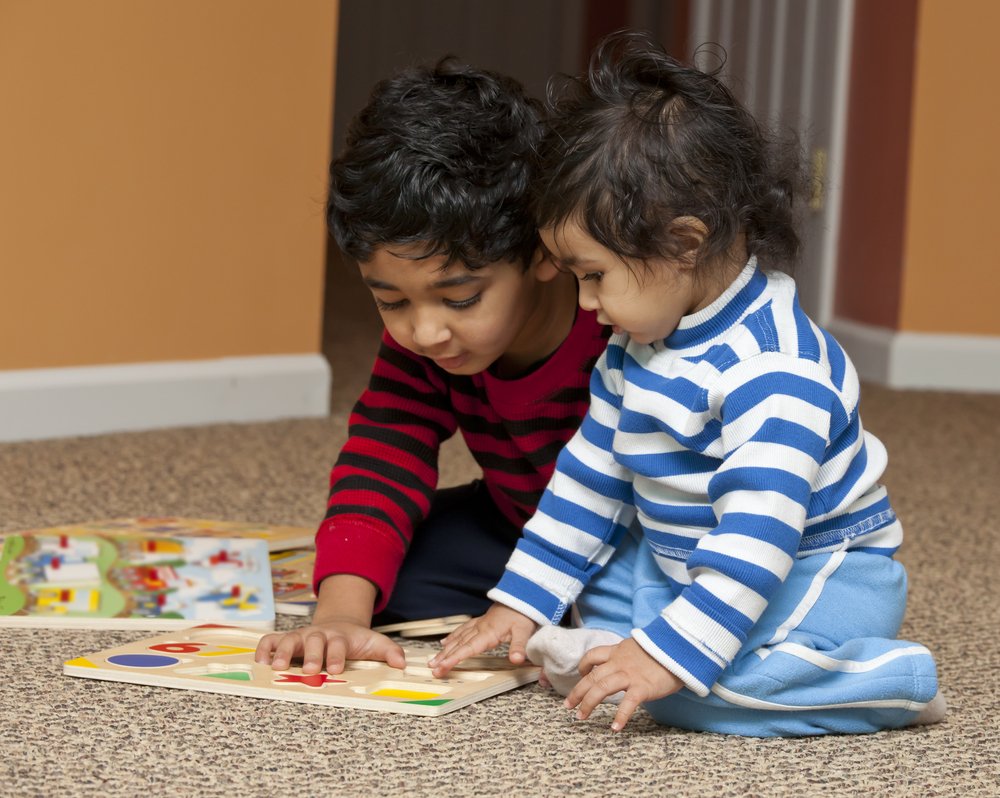Key points:
1. Infants rapidly absorb information about their world by 12 months.
2. Around ages 3-4, children start understanding specific object functions and their usage.
3. Between ages 3-5, they grasp the abstract concept of an object’s “function” and its various purposes.
4. Encourage intentional object use and problem-solving through mechanical toys, puzzles, and identifying buttons and levers.
Young children are the definition of fast learners! When they are just 12 months old, they are already taking in as much information as possible about the world that surrounds them and the objects within it.
With all the information they gathered in their first years of life, kids around 3 and 4 years old are ready to start understanding that objects have specific functions, and how to use them properly. You might be witnessing this when your preschooler starts using a fork to eat by themselves, or when they start playing with mechanical toys and understand how to make buttons, levers, and moving parts work. When your young child uses daily objects with an objective, that’s an indicator that they are setting the bases for what will later be the understanding of cause and effect.
Researchers from the Cognitive Development Lab of the University of California at San Diego have found that between 3 and 5 years of age, children acquire the understanding of the abstract concept of “function”, learn that every created object is defined by its use, and that the same object can be used for multiple purposes. This age sets a very important developmental mark for your child’s learning of how the world works.
You can encourage your child’s intentional use of objects and their problem-solving skills with some of the following ideas:
- Encourage playing with mechanical toys or with mobile objects in the playground.
- Have your child play with simple puzzles or with peg-puzzles.
- Notice buttons and levers in your daily life and point them out to your child. You can, for example, go to an accessible cupboard and ask your little one “How can I open the door to the cookies?”.








